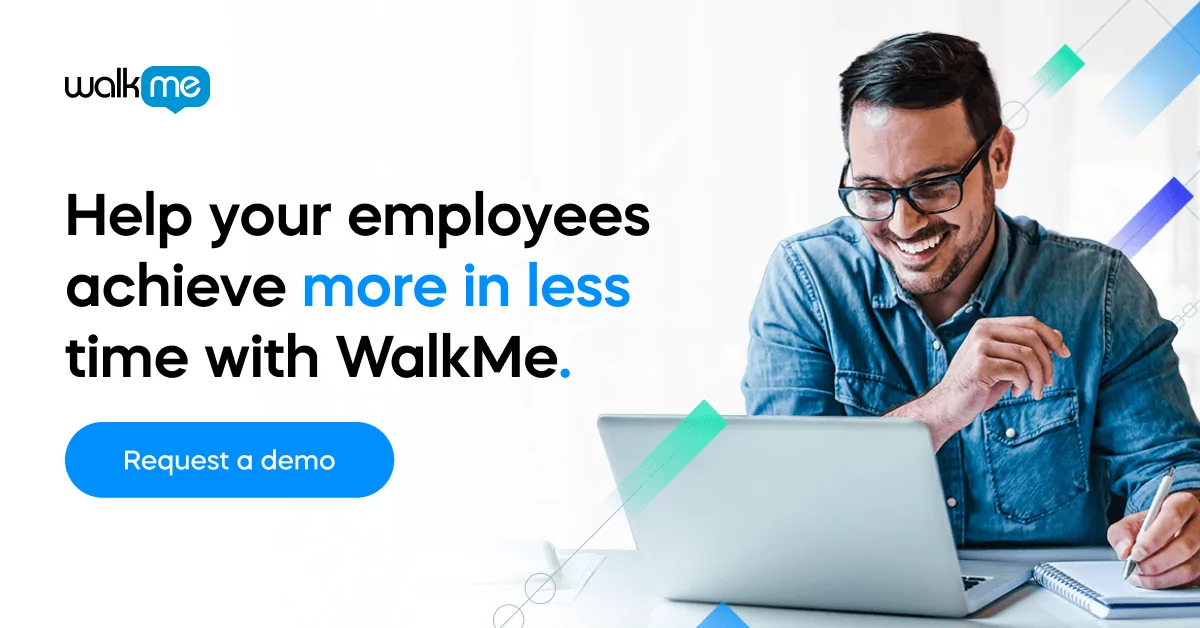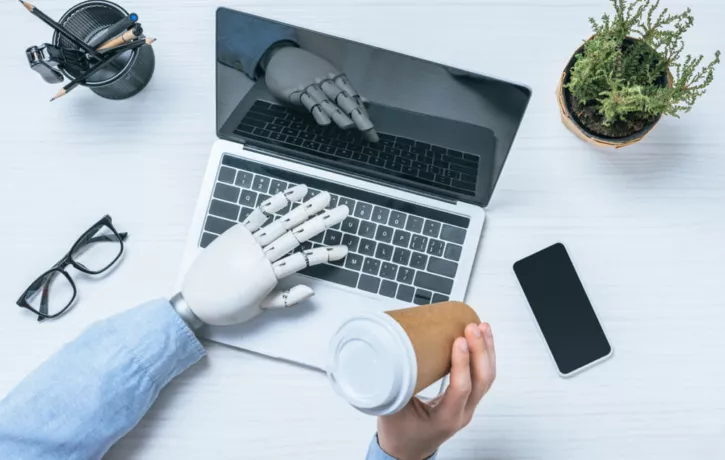Automation platforms, hyperautomation software, AI, and other adjacent technological trends are set to transform the economy, the way we work, and perhaps even the way we live.
In the coming years, some expect that these types of technologies will radically reshape the workplace—if not the fundamental operating model of most businesses.
Automation, hyperautomation, AI, and the future of work
According to McKinsey, automation and AI will drive tectonic plate-sized shifts in the workplace over the next ten to fifteen years.
Specifically, they believe these technologies will:
- Increase the demand for both technological skills and emotional skills
- Decrease the demand for basic cognitive, physical, and manual skills
- Increase GDP growth, business productivity, and corporate performance
- Drive significant changes in the composition of workforces
McKinsey argues that, due to the mass adoption of automation and AI, the basic structure of many organizations will shift towards cross-functional teams that emphasize agility and speed.
Yet McKinsey is not the only company that recognizes the trend towards automation. Other major consulting firms, such as Gartner and BCG, have also covered the impending influence of automation, AI, and other emerging technologies.
To understand the true impact that these trends will have on the business landscape and the future of work, it is important to understand exactly what they are and what value they bring to the workplace.
Hyperautomation software vs. automation vs. AI
Automation is nothing new—it simply refers to the idea that machines perform work normally done by humans.
During the industrial revolution, new machinery automated a number of tasks that humans had traditionally performed manually. Now, during the digital revolution, digital technology is automating a new type of work: cognitive work.
Thanks to advances in AI, computers are now able to perform tasks such as data entry, math, analysis, and much more.
As technology advances, however, the complexity and capabilities of these automation platforms are growing rapidly. These rapid advances have given rise to a wide range of automation tools, such as:
- Robotic process automation (RPA). RPA automates workflows that are repeatable and require little cognitive effort. Repetitive software tasks, for instance, can be completely automated using platforms that free up employees’ time for more valuable activities.
- Cognitive automation. Cognitive automation refers to the use of AI-powered software to automate cognitive tasks, even those that require judgment and decision-making. Also called intelligent automation, this capability adds new possibilities to the automation equation, and it also explains why many research firms predict such sweeping changes to the business landscape, as we saw earlier.
- Hyperautomation. Hyperautomation combines a variety of automation techniques and technologies to identify and automate manual work. These can include AI, RPA, and business process management (BPM) software, among others. From this perspective, we can view hyperautomation not as a single type of automation technology, but as the convergence of automation solutions.
Conceptually, these automation technologies may make sense, but they are still very new and unfamiliar to many businesses. To gain a better understanding of their capabilities, it is often a good idea to see how these technologies are being applied.
Real-world examples of RPA, cognitive automation, and hyperautomation
Assisted and unassisted RPA
Assisted RPAs are automation platforms that perform part of a workflow, while human workers perform the other part.
An employee may provide data to a chatbot or actionbot, which can then perform a task on that user’s behalf.
Likewise, a workflow automation platform may perform 80% of a task, while requiring input from users at certain points in the workflow.
You probably could have guessed, but unassisted RPAs can perform tasks that require no input from humans.
Automated decision-making
Google’s DeepMind AI offers a good example of automated decision-making, or cognitive automation.
They used DeepMind to analyze and optimize the power usage effectiveness of their data center cooling systems, which resulted in a 40% reduction in energy usage.
In this case, using DeepMind to optimize their energy costs offered more than one advantage. Not only did this experiment show that the task could be performed without humans, it showed that AI could deliver better outcomes than people, at least in the right scenarios.
Over time, we can expect to see cognitive automation become even more powerful, and as it increases in sophistication, we can expect to see an increasing convergence of automation technologies—some of which may give rise to entirely new operating models.
Total hyperautomation
The convergence of RPA, AI, and other technologies can drive automation at every level of the organization, from high-level decision-making to frontline customer service.
Banks can provide an illustrative example. Though they were not necessarily known to be drivers of digital innovation before the start of the pandemic, many are beginning to leverage automation to cut costs, drive transformation, and restructure their operations.
Cognitive automation, for instance, can be used for fraud detection, loan accreditation, personalization, and more.
When combined with other technologies, such as RPA and robotics, even more functions within the organization can be automated.
China Construction Bank has already taken this step. A few years ago, they opened a completely automated bank branch in Shanghai. Its only “employee” is a robot that can interact with human customers, open bank accounts, and perform other basic tasks.
While this level of hyperautomation is still a ways off for many organizations, it does show us just how automated business can become.


